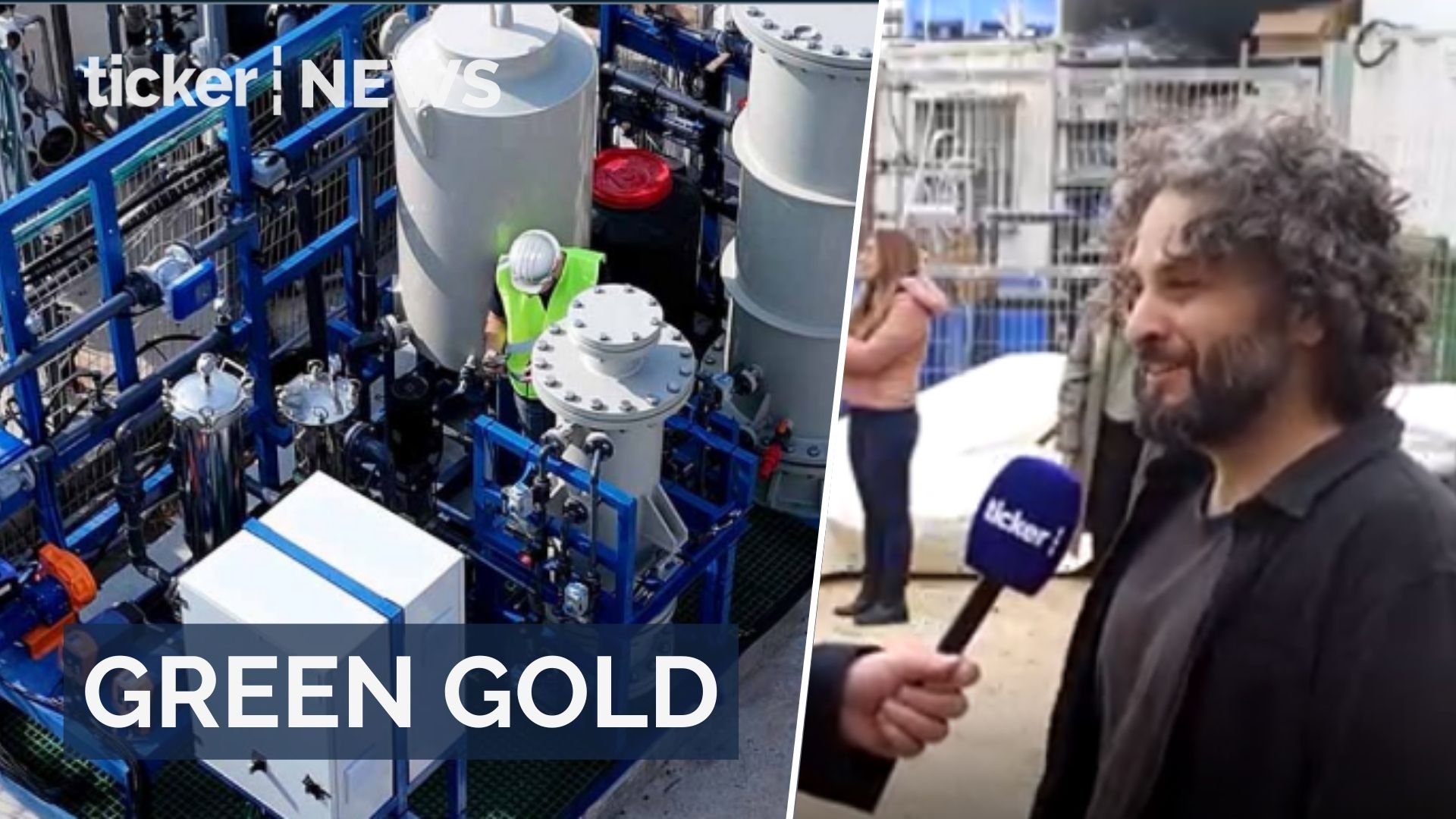Leaders
Emerging AI trends transforming business in 2025
AI trends in 2025 promise to transform business operations by automating repetitive tasks and enhancing efficiency across industries.

Leaders
Yosef Farm showcases successful organic farming in the desert
Yosef Farm pioneers organic farming in Israel’s desert, showcasing advanced techniques to cultivate crops in harsh conditions
Leaders
HomeBiogas transforms waste into clean energy in 30,000 homes
Oshik Efrati discusses HomeBiogas system converting food waste to clean energy, aiming for 1 million global homes
Leaders
CarbonBlue revolutionises carbon capture and lime production
-



 Leaders3 days ago
Leaders3 days agoH2Pro focuses on affordable green hydrogen
-



 Leaders3 days ago
Leaders3 days agoCarbonBlue revolutionises carbon capture and lime production
-



 Shows4 days ago
Shows4 days agoBrisbane’s economic growth and innovation drive 2032 goals
-



 Leaders2 days ago
Leaders2 days agoYosef Farm showcases successful organic farming in the desert
-



 Shows4 days ago
Shows4 days agoFusion of East and West: A recipe for success
-



 Leaders2 days ago
Leaders2 days agoHomeBiogas transforms waste into clean energy in 30,000 homes
-



 Shows4 days ago
Shows4 days agoVictoria’s new granny flat rules spark a modular housing boom
-



 News4 days ago
News4 days agoChina naval activity raises tensions from Philippines to Galápagos








